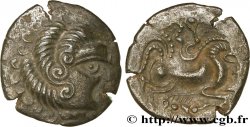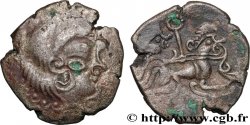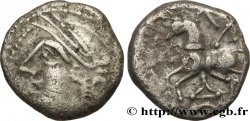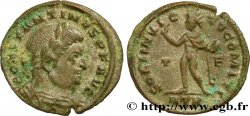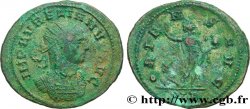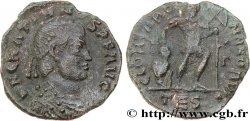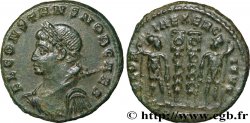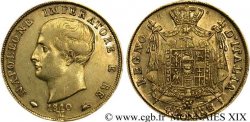v19_0466 - CORIOSOLITÆ (Area of Corseul, Cotes d'Armor) Statère de billon, classe VI, hybride vénèto-coriosolite
MONNAIES 19 (2004)
Starting price : 220.00 €
Estimate : 600.00 €
Realised price : 220.00 €
Number of bids : 1
Maximum bid : 1 000.00 €
Starting price : 220.00 €
Estimate : 600.00 €
Realised price : 220.00 €
Number of bids : 1
Maximum bid : 1 000.00 €
Type : Statère de billon, classe VI, hybride vénèto-coriosolite
Date: c. 80-50 AC.
Mint name / Town : Saint-Brieuc (22)
Metal : billon
Diameter : 25,5 mm
Orientation dies : 8 h.
Weight : 4,88 g.
Rarity : R3
Coments on the condition:
Frappé sur un flan ovale, qui permet une bonne mise en page des types de droit et de revers. Aspect poreux typique du billon et patine grisâtre avec des taches claires
Obverse
Obverse legend : ANÉPIGRAPHE.
Obverse description : Tête humaine à droite, chevelure en deux rouleaux, les cheveux divisés en grosses mèches en forme de S, le nez réaliste, l’œil ovale.
Reverse
Reverse legend : ANÉPIGRAPHE.
Reverse description : Cheval androcéphale bridé, galopant à gauche ; au-dessus, restes de la tête de l'aurige et hampe pointée ; entre les jambes, un sanglier.
Commentary
Le revers avec le cheval et le sanglier orientés à gauche rappelle les classes 3a, b et 4 des Vénètes. Le type de droit se rapporterait à la classe 3b. Mais le métal utilisé et le style font plutôt pencher pour une attribution aux Coriosolites. Ce type semblerait inédit et pourrait constituer une tête de série ou un prototype de la classe VI des Coriosolites qui serait le premier à avoir été frappé.
The reverse with the horse and boar facing left recalls classes 3a, b and 4 of the Veneti. The obverse type would relate to class 3b. But the metal used and the style rather lean towards an attribution to the Coriosolites. This type would seem to be new and could constitute a head of series or a prototype of the class VI of the Coriosolites which would be the first to have been struck
The reverse with the horse and boar facing left recalls classes 3a, b and 4 of the Veneti. The obverse type would relate to class 3b. But the metal used and the style rather lean towards an attribution to the Coriosolites. This type would seem to be new and could constitute a head of series or a prototype of the class VI of the Coriosolites which would be the first to have been struck







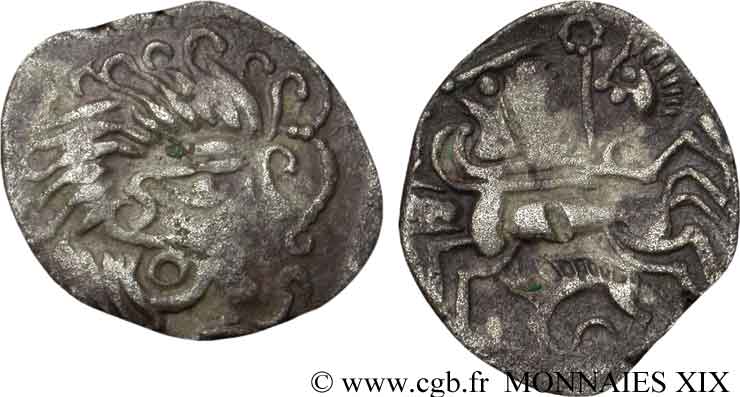
 Report a mistake
Report a mistake Print the page
Print the page Share my selection
Share my selection Ask a question
Ask a question Consign / sell
Consign / sell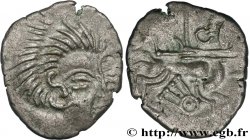
 Full data
Full data
